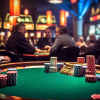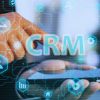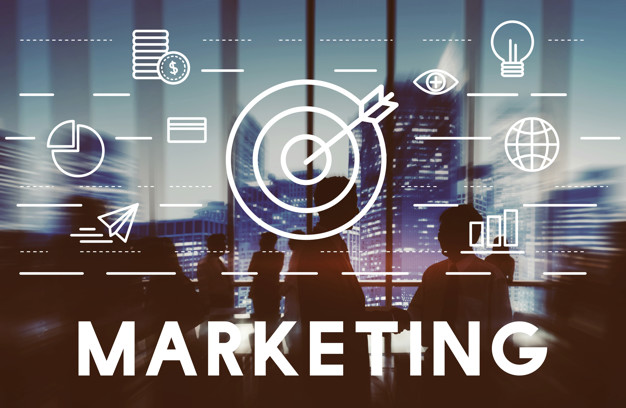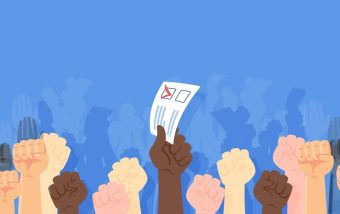How To Optimize Images For SEO? Easy Steps To Improve Site Speed And Ranking
Jul 15, 2025

Jul 15, 2025

Jul 12, 2025

Jul 12, 2025

Jul 12, 2025

Jul 10, 2025

Jul 07, 2025

Jul 07, 2025

Jul 04, 2025
Sorry, but nothing matched your search "". Please try again with some different keywords.


“How is the marketing campaign going,” “how was the event” – these are questions all business leaders ask. In LA, the competition between brands is fierce, and it is only human for entrepreneurs to worry about their brand’s performance in an event. Experiential marketing offers targeted consumer experience. It aims to establish a bond between the consumer and the business. It is easy to believe that experiential marketing involves consumer perception, emotional response, and brand image, so the answer to such questions is purely subjective.
Subjective answers are never good enough to brand leaders, and they are not enough for the experiential marketing companies. The brands in LA need more than vague compliments and opinions. They need answers that depend on data. Therefore, it is time to work with the top experiential marketing agency in LA that has the tools to quantify the reactions of the audience. New technology can now assess the key performance indicators (KPI) that measure the audience reactions to live events and experiential marketing campaigns.
Here’s a glimpse at the five different stages of the typical consumer journey and the KPIs that render each step measurable during an experiential campaign –
Any new brand in Los Angeles needs to spread the word about the event and exclusive experience. The only reason is to draw the people out of their homes and offices to the location.
Here are the two metrics you need to measure –
Attendance is no longer the only measure of success. You need to focus on the finer things including the factors that symbolize the brand image and impact.
It is not enough that people visit the events in LA; they should also be able to make constructive decisions while on site.
Here are the three factors that show the decision making of your target audience:
Does your crowd return once they leave the premise of the event? Do you see the same faces two days in a row? Not gathering new faces can be a challenge for any event, but not seeing the same faces twice is worse!
Any experiential marketing event does not end when the audience leaves. It continues for days on social media. To measure the impact of the event on the audience, here’s what you should measure –
The measure of success in experiential marketing involves multiple aspects including consumer experience, social media feedback, conversion rates and so on. It is not a one-person job to track and interpret the ROI of any experiential marketing event. You need the best of the best marketing agencies to hold your brand’s hand through the launch and activation.
Read More:
Mashum Mollah is the feature writer of SEM and an SEO Analyst at iDream Agency. Over the last 3 years, He has successfully developed and implemented online marketing, SEO, and conversion campaigns for 50+ businesses of all sizes. He is the co-founder of SMM.
View all Posts
How To Optimize Images For SEO? Easy Steps To...
Jul 15, 2025
Quickwin: Your Gateway To Premium Online Ente...
Jul 12, 2025
Top 7 HVAC Marketing Mistakes That Are Tankin...
Jul 12, 2025
8 Top AI Market Research Tools For Fast And A...
Jul 12, 2025
How A Smart Seo Agency Uses Guest Posting To ...
Jul 10, 2025

